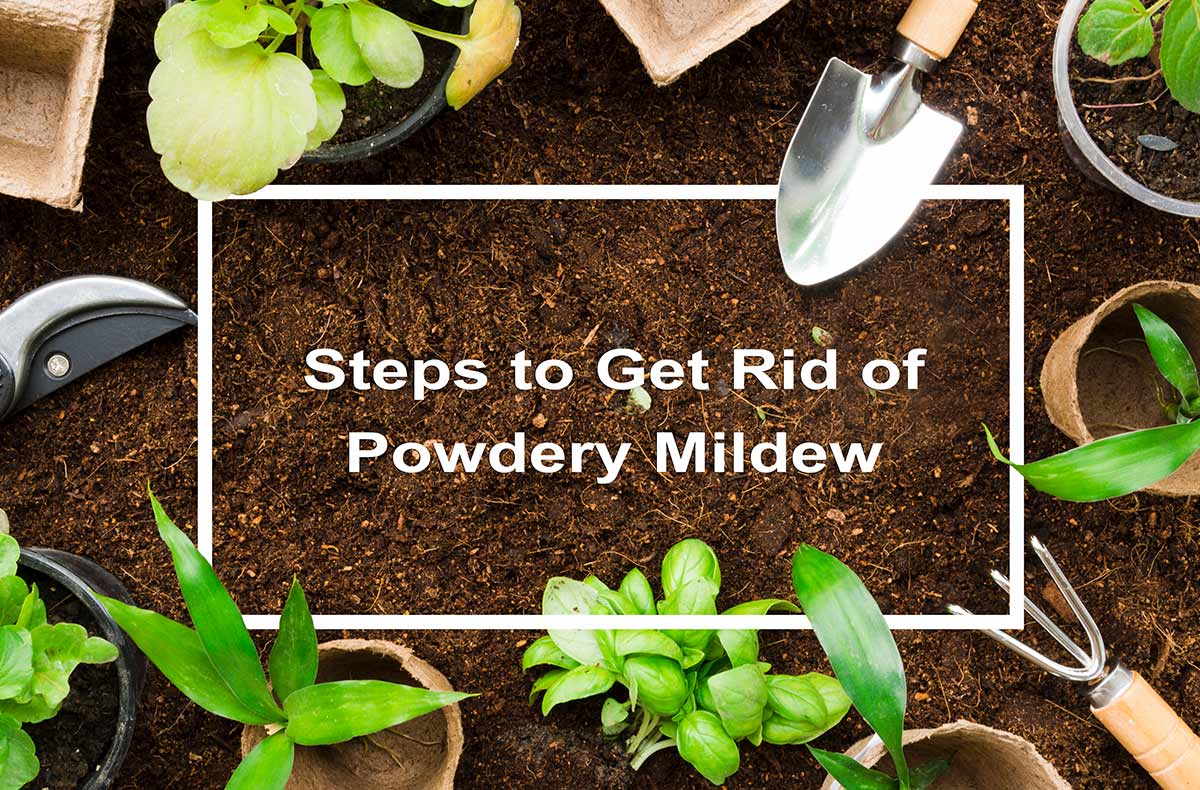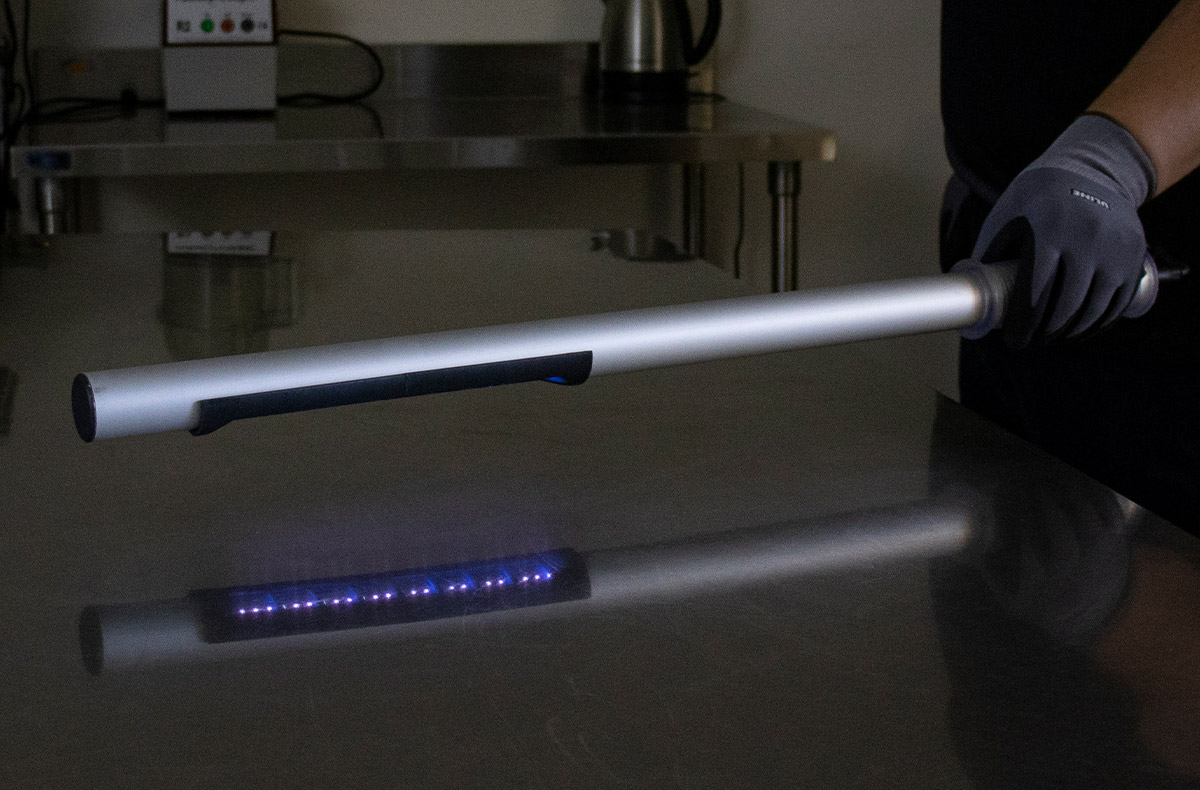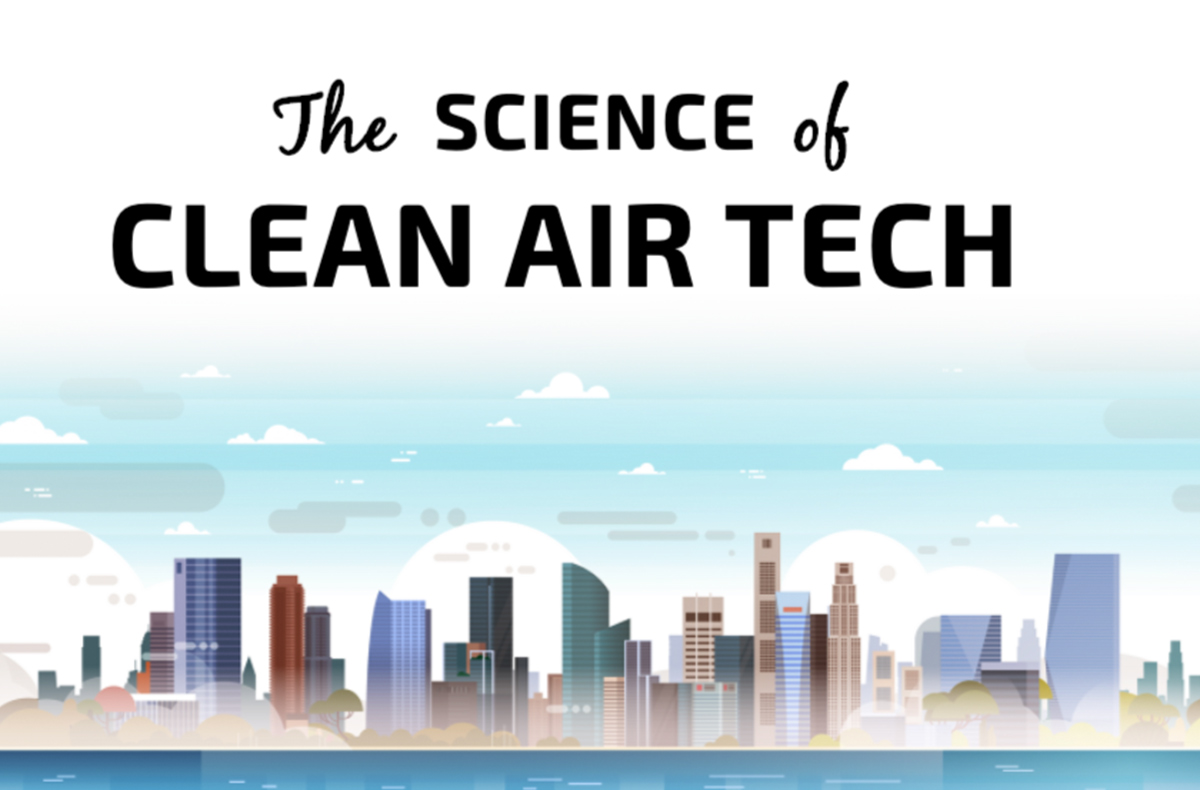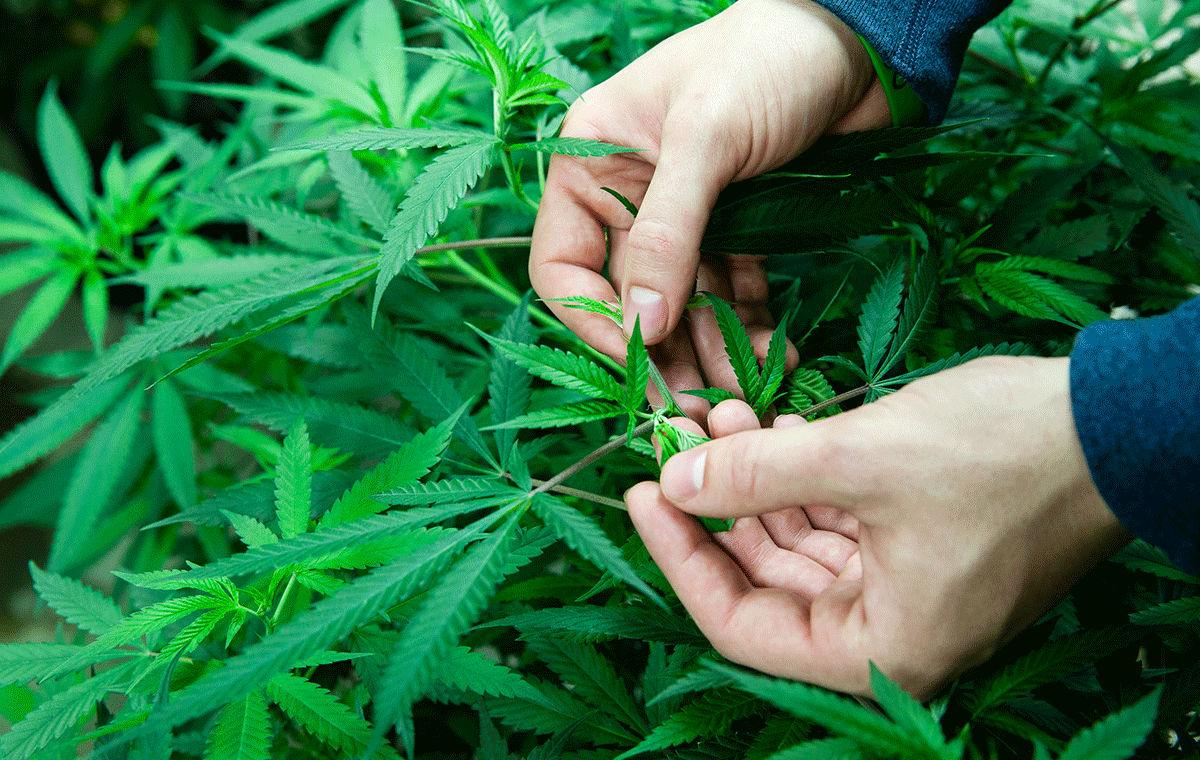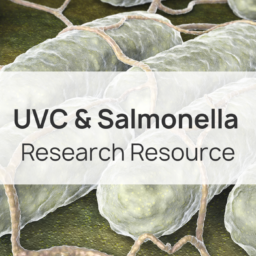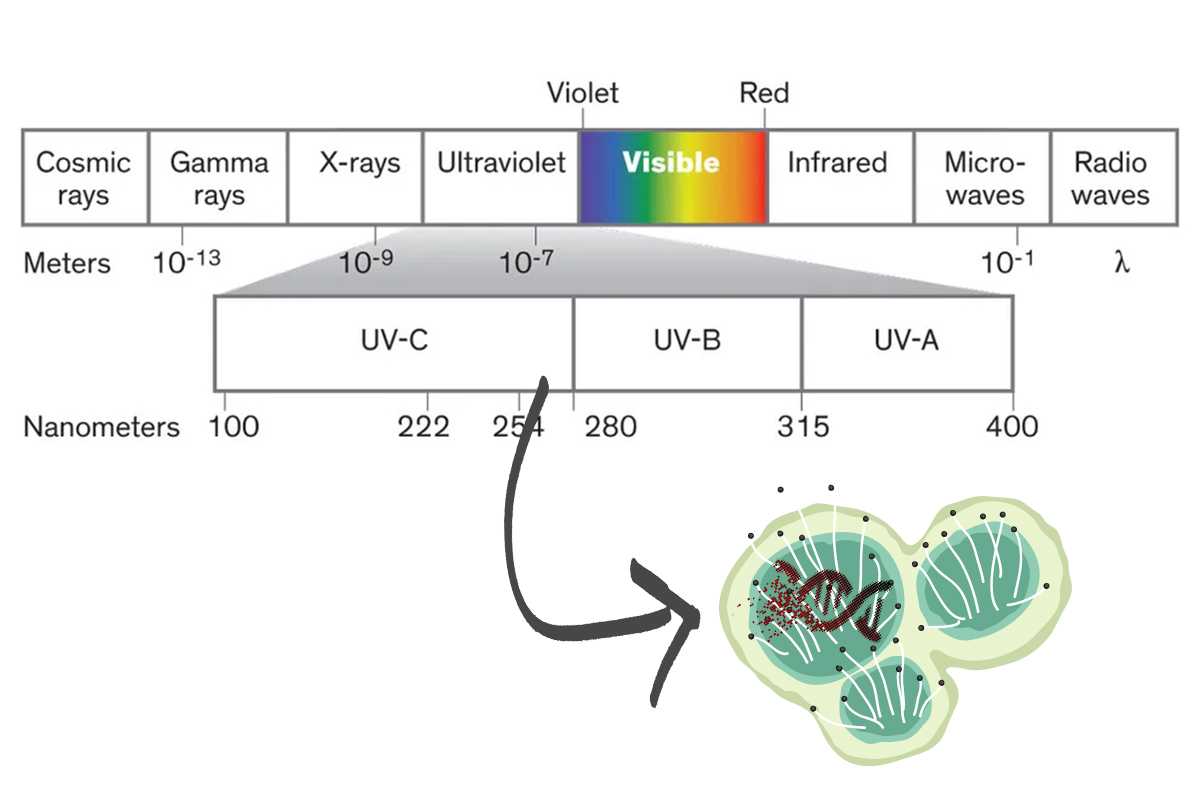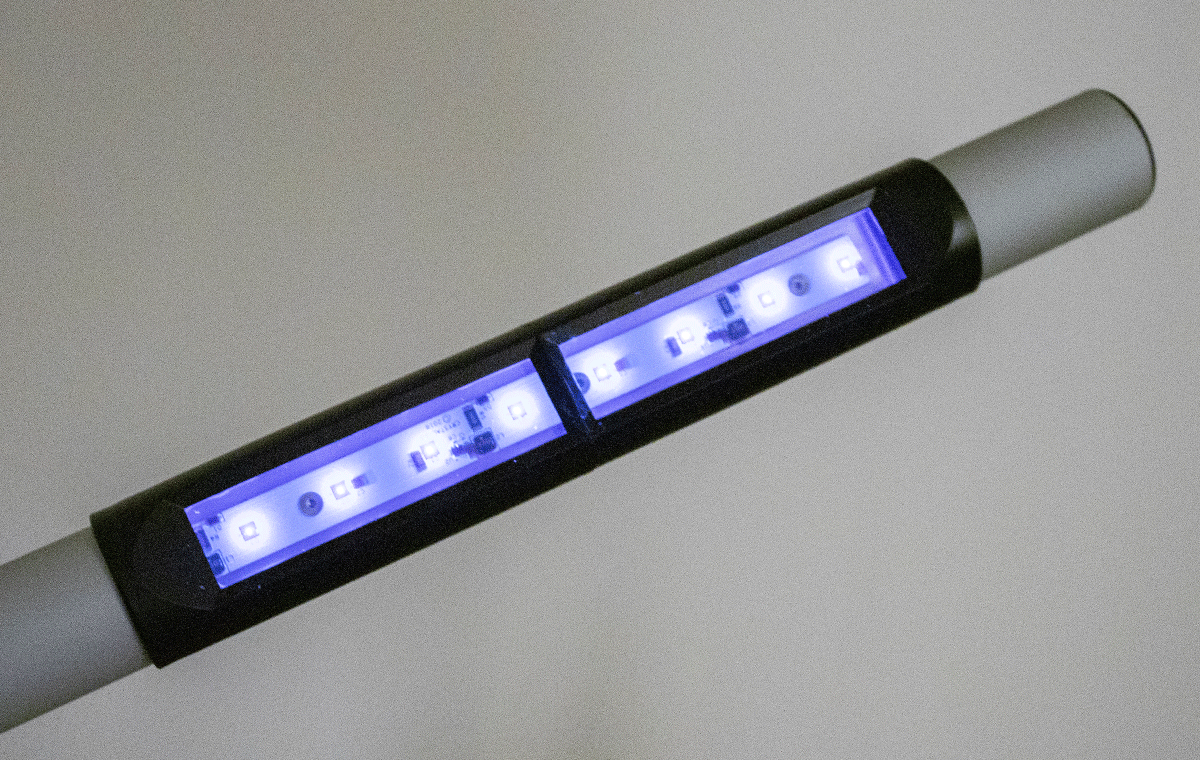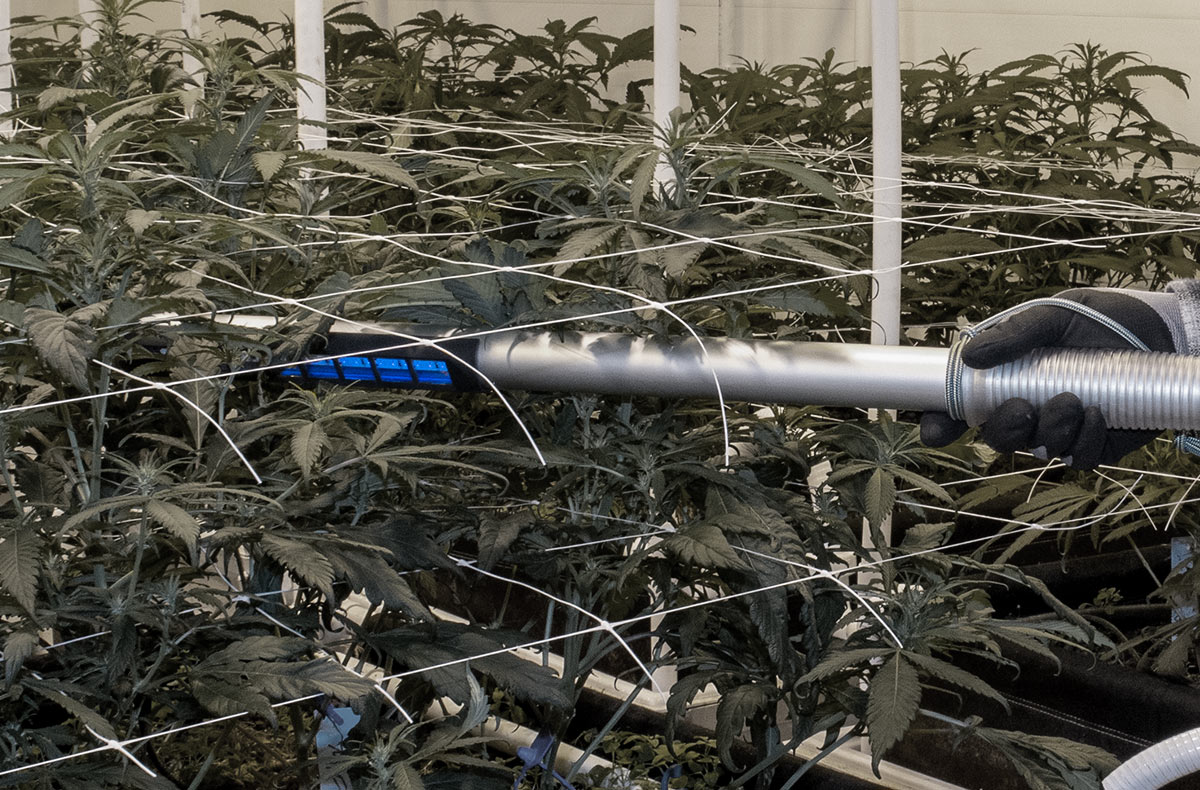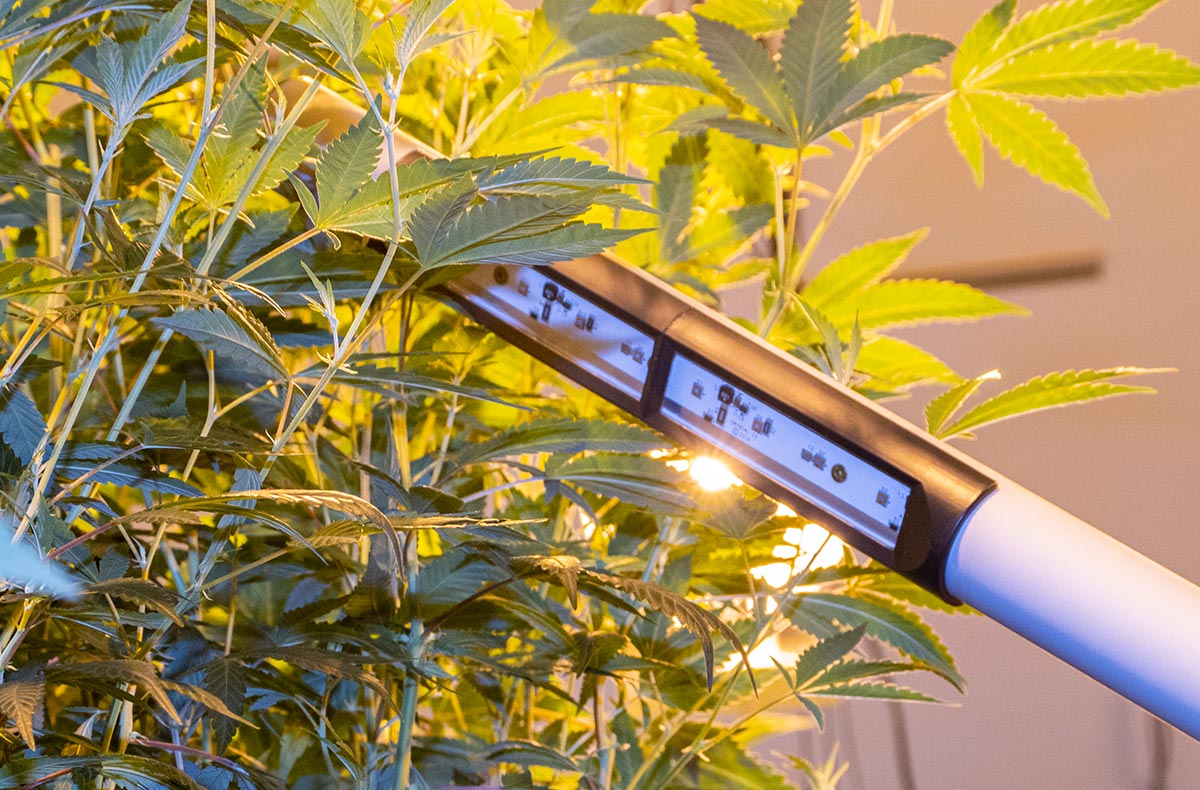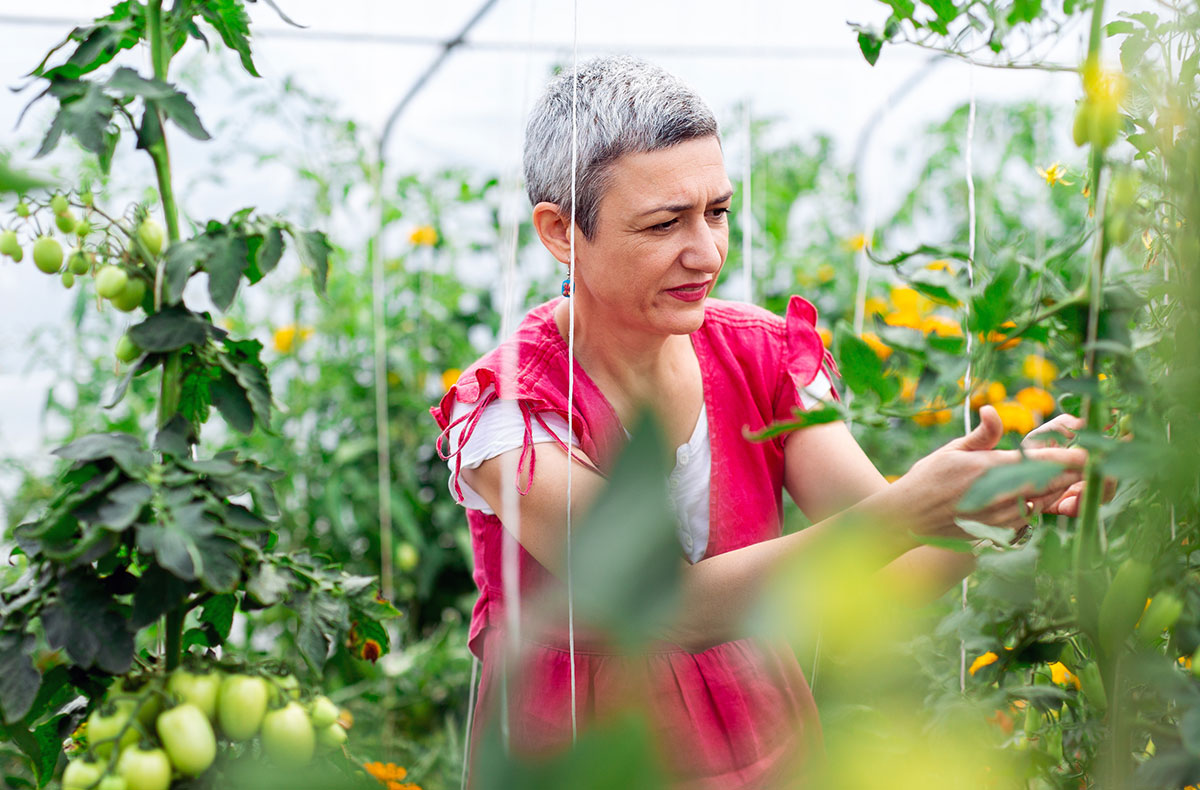
Bud rot (Botrytis cinerea) is a necrotrophic fungus. Meaning it kills the living cells of its host so it can feed on the dead matter. It is a common cannabis ailment and especially hazardous because of its internal, systemic attacks on the densest parts of your plant. Once your crop has bud rot it rapidly becomes unruly, resulting in costly crop loss. No step in the cannabis growing and harvesting process is immune to bud rot. Your best defense against this crop killer is to stop it before it starts. To nip it before the bud, if you will.
Practices for preventing bud rot
Common tactics for preventing bud rot include precise temperature and humidity regulation, air filtration, clean protocols, and routine fungicide application. Once these spores get into your grow space, HVAC/Air Conditioning, or other parts of the building it is almost impossible to totally eliminate them using traditional methods such as fungicides, bleach or other sprays. They can lie dormant for months or years, even in harsh environments, until the conditions are right for its growth and proliferation.
Temp. and Humidity Regulation:
Optimizing temperature and humidity using vapor pressure deficit (VPD) charts not only keep your plants happy and thriving but can go a long way to helping keep molds and mildews at bay. This is far from simple or easy to do. Likewise, bud rot (and powdery mildew) overlaps with cannabis plants in their temperature and humidity preferences – even (perhaps especially) during the drying and storage stages, adding to the challenge and complexity. This one measure will not keep your crop safe, no matter how well you maintain it.
HVAC and Air Filtration:
Air movement is essential to maintaining a healthy grow. As is filtering your air. Filtering air drawn from the outside helps prevent the introduction of molds, pests, and other contaminants. Unfortunately, standard HVAC systems actually increase the threat of these airborne contaminants, helping to spread spores as well as providing ideal breeding grounds. Making sure you upgrade your HVAC (MERV 13 or higher) and include supplemental, sanitizable filtration units will help remedy this issue and successfully capture airborne spores.
Clean Protocols:
Bud rot spores are brought in from the outside (they love to catch a free ride into your grow via clothes, hair, shoes, soil, equipment, etc.). It is important to have protocols in place to help prevent dispersal of spores in this way. Maintaining positive air pressure in grow rooms that progress to lower pressure towards the entrance of the building, HEPA air tunnels, sealed places for employees to change out of street clothes, wearing protective covers on shoes, hair and even clothing in grow rooms, and sanitizing tools/equipment between spaces are all important measures that will enhance your ability to avoid contamination.
Chemical Applications:
Fungicide, when used in conjunction with other measures, can be a helpful preventative measure. But more and more challenges are arising regarding its use. Not only is fungicide an expensive cost over time (to be successful as a preventative measure, research shows it must be applied at the full labelled rate at seven-day intervals) but concerns regarding the health effects on consumers from the leftover chemical residues are rising. (Likewise, concern for the health of workers consistently exposed to these and other chemicals has increased.) Bud Rot also has a history of adapting to fungicide and there are strains of it resistant to many fungicide classes.
Evolved Bud Rot Prevention
When it comes to microorganisms, researchers have yet to find one that is totally immune to UVC. Research has found UVC irradiation – when used correctly – to be the most effective spectrum for destroying and preventing Bud Rot without harming crops. With regular, preventative applications of UVC (most successful when partnered with periods of darkness after application), the occurrence of new bud rot is greatly reduced and easily managed.
Introducing UVC irradiation into your integrated pest management plan provides other benefits as well. It has also been shown to save at least 50% on fungicide and sanitation chemical costs. It can help increase mold resistance and extend storage life post-harvest. It remains one of the simplest and most efficient methods backed by research for protecting cannabis from mold and mildew.
Preventative Tools
Adding these additional tools to your prevention arsenal will help keep bud rot and other molds and mildews at bay and under control:
- UVC sanitization: Research is showing that the application of UVC light once or twice per week before at least four hours of darkness can effectively help control and mitigate molds and mildews. It is also a fantastic approach for minimizing chemical use and ensuring complete sanitation of tools and surfaces.
- Air filtration: Bud rot spreads rapidly via airborne spore transmission. Adding supplemental, sanitizable and transportable spot air filtration to your grow spaces can quickly turn over room air, from top to bottom, capturing spores and slowing bud rot spread. An air monitoring system is an added layer of defense that can alert you to changes in air quality and environmental conditions.
Sources and Additional Reading
Cervantes, G. (2006). Marijuana Horticulture: The Indoor/Outdoor Medical Grower’s Guide. Van Patten Publishing.
Hausbeck, M., B. Harlan (2020). “Recommendations for Gotrytic Fungicides for 2020.” Michigan State University Extension. https://www.canr.msu.edu/news/recommendations-for-botrytis-fungicides
Kowalski, W. J. (2006). Aerobiological Engineering Handbook: A Guide to Airborne Disease Control Technologies. McGraw-Hill, New York.
Kowalski, W. J. (2009). Ultraviolet Germicidal Irradiation Handbook: UVGI for Air and Surface Disinfection. Springer, New York.
Latorre, B. A., S. Rojas, G.A. Diaz, H. Chuaqui (2012). “Germicidal effect of UV light on epiphytic fungi isolated from blueberry.” Cien Inv Agr 39(3), 473-480.
Marjiuana Growing Editors (2019). “Using ultraviolet light to stop gray mold, powdery mildew and other marijuana plagues.” Accessed 13 August 2021. https://growingmarijuanaperfectly.com/2019/04/09/using-ultraviolet-to-fight-powdery-mildew-gray-mold-other-pathogens-in-your-marijuana-grow-room/
Shelton, B. G., Kirkland, K. H., Flanders, W. D., and Morris, G. K. (2002). “Profiles of Airborne Fungi in Buildings and Outdoor Environments in the United States.” Appl & Environ Microbiol 68(4), 1743-1753.
Yin, M., Y. Li, X. Ren (2015). “Increasing disease resistance by low dose of UV-C radiation in harvested apple.” Transactions of the Chinese Society of Agricultural Engineering, vol. 31, no. 2, pp. 324-332.
“Understanding Vapor Pressure Deficit” Hight Times. https://hightimes.com/grow/understanding-vapor-pressure-deficit/


